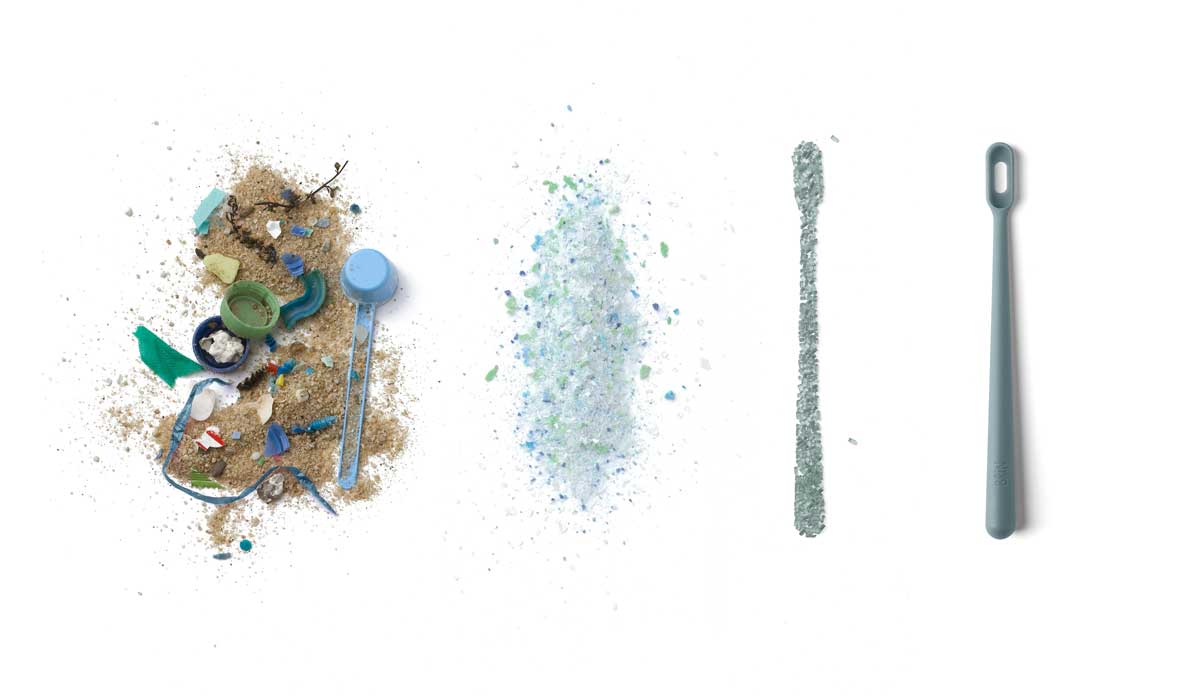
Asian Sourcing 101: Master Key Terms and Concepts for NZ Businesses
For New Zealand businesses exploring the world of product sourcing from Asia, having a solid understanding of key terms and concepts is vital to navigating the complexities of international trade. Whether you're a small business owner or an experienced importer, being well-versed in the industry-specific language will empower you to make informed decisions and ensure smoother communication with Asian suppliers.
In this educational glossary-style article, we break down the essential terminology and core concepts related to product sourcing from Asia. By equipping yourself with this knowledge, you'll be better prepared to tackle the many challenges and seize the numerous opportunities the Asian market presents. So, let's dive in and demystify the jargon, helping your business to reap the benefits of successful product sourcing from Asia.
Sourcing Terminology
1. OEM (Original Equipment Manufacturer):
An OEM is a company that manufactures products, components, or parts, as per the specifications provided by another company (usually a retailer or sourcing agent). The OEM-produced goods are rebranded and sold under the client company's name. OEM manufacturing is popular for businesses seeking cost-effective solutions, especially when sourcing electronic devices and automotive components from Asia.
2. ODM (Original Design Manufacturer):
An ODM is a manufacturer that designs and produces products based on their own specifications, offering these finished goods to clients who may put their brand name on the product. ODM products typically come with fewer customisation options than OEM goods but offer faster turnarounds and lower minimum order quantities. Examples of commonly sourced ODM products include household appliances, clothing, and accessories.
3. MOQ (Minimum Order Quantity):
The MOQ refers to the lowest quantity a supplier is willing to sell or produce in a single order. MOQs vary across products and suppliers and can significantly impact costs and shipment quantities. Negotiating MOQs with the supplier is essential for businesses seeking to optimise their sourcing strategy and control inventory expenses.
4. FOB (Free on Board):
FOB is a shipping term indicating that the seller is responsible for delivering the goods to the port of departure and covering transportation costs up to that point. Once on board the ship, the buyer assumes responsibility for the goods, including shipping costs, insurance, and import duties. This term is frequently used in international trade between Asian suppliers and New Zealand importers.
Import-Related Terminology
5. HS Code (Harmonised System Code):
The HS Code is a globally recognised numerical code used to classify products for international trade and customs purposes. The HS Code structure consists of two to six digits, providing increasingly specific product classification. Importers should familiarise themselves with the HS Codes for their sourced products to comply with customs regulations and calculate applicable duties and taxes.
6. Customs Valuation:
Customs valuation involves assessing the value of imported goods for determining import duties and taxes. Several valuation methods may be used, with the most common being the transaction value method (based on the price paid or payable for goods). Staying informed about customs valuation methods will help importers prepare accurate documentation and minimise any potential issues with local customs authorities.
7. Certificate of Origin:
The Certificate of Origin is an official document that certifies a product's country of origin. This document is essential for importers, as it can impact tariff rates and import eligibility. Certificates of Origin are often required in New Zealand when importing goods from Asia, and they can be obtained from the supplier or the appropriate governmental body in the country of origin.
8. Intellectual Property Rights:
Intellectual property rights encompass legal protections for creations such as patents, trademarks, copyrights, and designs. When importing products from Asia, New Zealand businesses need to consider the intellectual property rights of their merchandise and ensure compliant sourcing practices. Neglecting to protect your IP can lead to infringement disputes or counterfeit goods entering the supply chain.
Quality Control Terminology
9. AQL (Acceptable Quality Level):
The AQL is a statistical measure that determines the maximum number of defective items within a manufactured batch of goods, which will still be deemed acceptable by the buyer. These levels serve as guidelines for conducting quality inspections, with lower AQL values indicating stricter quality control criteria.
10. Pre-shipment Inspection:
Pre-shipment inspections are evaluations of goods conducted by a certified inspector or agency before the dispatch of products to the buyer. These inspections are typically done on a representative consignment sample and involve checking for compliance with specifications, quality standards, and regulatory requirements. Pre-shipment inspections serve as a valuable risk management tool for New Zealand businesses importing products from Asia.
11. Factory Audit:
A factory audit is a comprehensive evaluation of a manufacturing facility to assess its capacity, operational efficiency, quality control systems, and adherence to social and environmental standards. These audits can be carried out by a qualified professional, third-party agency, or by the buyer. Factory audits are particularly beneficial when selecting suppliers from Asia, as they can help ensure a company’s manufacturing capabilities meet your business requirements and ethical standards.
Shipping and Logistics Terminology
12. CIF (Cost, Insurance, and Freight):
CIF is a shipping term used in international trade when the seller is responsible for the costs associated with delivering the goods to the destination port, including transportation, insurance, and freight charges. However, once the goods are unloaded at the destination port, the buyer assumes responsibility for any additional costs, including import duties and taxes. Understanding CIF and other Incoterms is essential for New Zealand businesses when negotiating shipping contracts with Asian suppliers.
13. 3PL (Third-Party Logistics Provider):
A 3PL is a company that provides outsourced logistics and supply chain management services, such as warehousing, transportation, and inventory management. By partnering with 3PL providers, New Zealand businesses can streamline their distribution networks and improve the efficiency of their shipping processes when dealing with Asian suppliers.
14. LCL (Less than Container Load):
LCL refers to the transporting of goods that do not require the full capacity of a standard shipping container. LCL shipments involve consolidating goods from multiple shippers within a single container, which can help reduce shipping costs for smaller importers. Understanding LCL and other shipping options will assist New Zealand businesses in optimising their logistics strategy when sourcing products from Asia.
Empower Your Sourcing Success with Epic Sourcing New Zealand
Gaining a firm grasp on key terminology and concepts related to Asian product sourcing equips you with the knowledge to make informed decisions and streamline your sourcing process. To further enhance your sourcing journey, partnering with a reputable and experienced sourcing agency like Epic Sourcing can make a significant difference. Our team of experts offers unparalleled industry insights and guidance to help New Zealand businesses navigate the intricacies of international trade and supplier relations.
Ready to confidently engage with suppliers, tackle shipping logistics, and ensure quality control when sourcing products from Asia? Get in touch with Epic Sourcing today and let us help you bring the highest-quality products to your customers, ensuring the sustained success of your business.
Related Articles
Let’s Make It Epic
We're here to make sourcing simple – and a whole lot less stressful.

.svg)

.svg)





